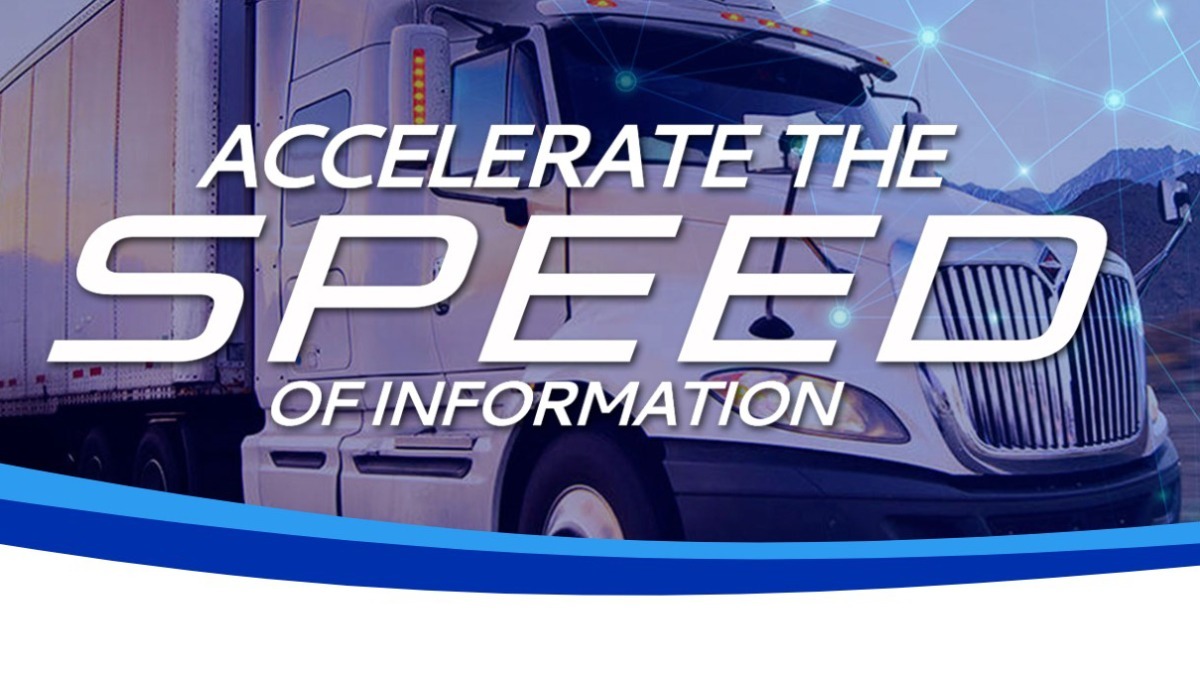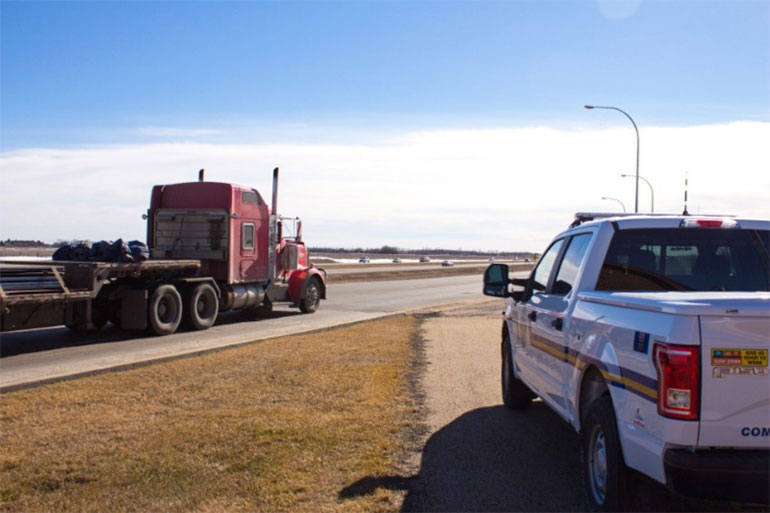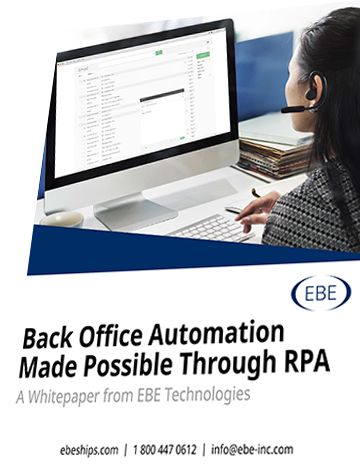

As a retired law enforcement captain, I’ve conducted more than 15,000 Department of Transportation (DOT) roadside inspections, and many times, drivers asked me, “Why me? Why did I get inspected?” I can confidently say inspections are seldom random.
With the data, resources and technology available, enforcement officers are equipped with extensive information to assess motor carriers and their drivers. For example, the Federal Motor Carrier Safety Administration (FMCSA) Safety Measurement System (SMS) provides officers a variety of records, including:
The SMS also lists drivers’ past three years of DOT inspections, regardless of their carrier.
This data determines a carrier’s Inspection Selection Score (ISS). Carriers with scores above 75 are recommended for inspection.
I learned firsthand the advantages of using this information in roadside inspections. I also found it helpful to educate drivers and motor carriers on correcting problem areas. Here are tips I’ve shared over the years to improve motor carriers’ safety performance:
While these actions aren’t everything carriers and drivers can do, they’re fundamental steps to clean inspections, improving safety and lowering ISS scores, so the chance of inspections lessens. They can also reduce the fears of drivers and may even encourage them to request inspections.
InfoStream’s Roadside Inspection Management Solution is a comprehensive application that synchronizes activity reported through the FMCSA Compass portal, DOT compliance regulations, and your business processes associated with driver roadside inspections.
Steve Binkley is a safety professional with 38 years of experience, including 26 years with the Tennessee Highway Patrol, where he retired as captain of the Commercial Vehicle Enforcement division. He’s also worked as an associate instructor with the Federal Motor Carrier Safety Administration National Training Center and as vice president of safety at a large-tier motor carrier. Today, Steve serves as a safety and compliance consultant, instructor at the North American Transportation Management Institute, and speaker.








